The end of branding
I’ve been working in branding for almost two decades. I joined it at its peak, in the 90s, when a whole industry of branding agencies had developed and rolled out the idea of a global identity kit consisting of logo, a color system, a typeface and a defined image style. It was all you needed to consistently label your expanding global business, differentiate from competitors and speak a visual language that appeals to your target audience. The formulas were outlined in corporate design guidelines, rows of binders filling office shelves (that nobody ever really liked reading.)
Branding has changed a lot since then. It’s not about consistency anymore. I’d even say we’re in the middle of a branding crisis. Here’s what I’ve observed.
- Branding used to be about some sort of shiny packaging. Today, the surface is more transparent; people have a confidence issue with brands. They look beneath the surface and want to know the whole story.
- Branding used to be some sort of promise. But it has never been able to whitewash a lousy product. Nowadays, people want proof. They want to experience the product and give feedback right away.
- Branding used to be about marking an area of influence, holding competitors at bay. Nowadays, in times of ecosystems and seamless experiences, brands cannot afford to isolate themselves.
- Branding used to be some sort of monologue. Today, it’s all about dialogue, be it through interaction, in social media or any other feedback mechanism.
In the past, the logo symbolised old brand thinking: a shiny packaging, a promise, an area of influence, a monologue (don’t miss the fast.co design article “The future of branding is de-branding”).
Typeface is the new brand
Over time, a permanently underestimated teammate slowly came out from behind the logo’s shadow. It was its younger brother, typeface. Typeface has exactly what the logo can’t deliver. As the brand voice, typeface is about more than the superficial; it comes from deep within. Typeface is all about the message, it tells the whole story. It’s able to answer questions about the brand’s purpose, the why and the deeper meaning of it all. Typeface can carry a dialogue in all kinds of touchpoints. And typeface connects brand and product, promise and proof: it is the integrating element between the message, interface and user experience (again, there’s a fast.co design article “Can a font be a whole brand? YouTube thinks so”, or here’s the impressive Tencent case, where a typeface connects millions of internet based products, users and households in China).
Inside the Monotype studio
At the TYPO Berlin conference, I’m going to get to know and talk to onstage five designers from the Monotype typeface design team, on the panel “Inside the Monotype studio”: Tom Rickner, Director of Studio at Monotype, wise pioneer of type design and font production; Marianna Paszkowska, a geeky Font Engineer at Monotype based in Berlin, totally obsessed with variable fonts; Julius Hui, Senior Type Designer at Monotype in Hongkong, helps lead Monotype’s Chinese font projects, e.g. a global font family for Tencent; Hendrik Weber, Type Director DACH, expert in branding, has worked on typefaces for Bentley Motors and, recently, Skoda Auto; and Toshi Omagari, Advanced Typeface Designer at Monotype in London, expert in multilingual typography and font development.
We are going to chat about the early days of the font wars (PostScript vs. TrueType), the craving for pixel imperfection in old video games and the role of typefaces in branding today. I’m really looking forward to meet you all on stage!
Also read my blog post “The end of branding”, and my reportage from the Brand Days at TYPO conference 2017
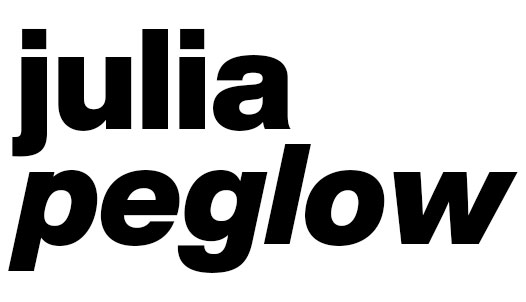










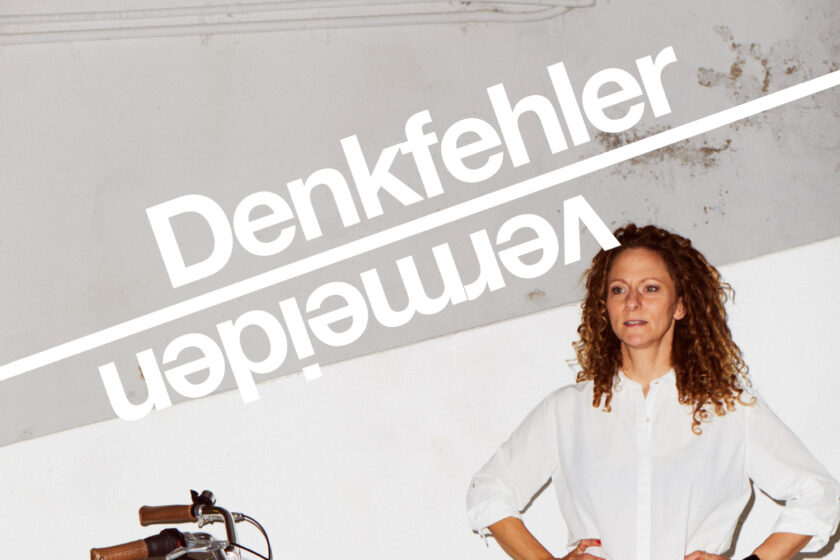
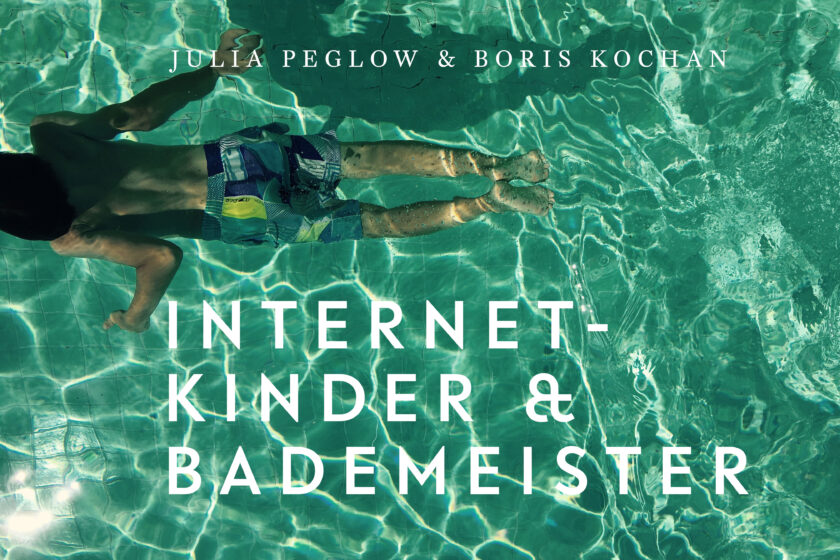
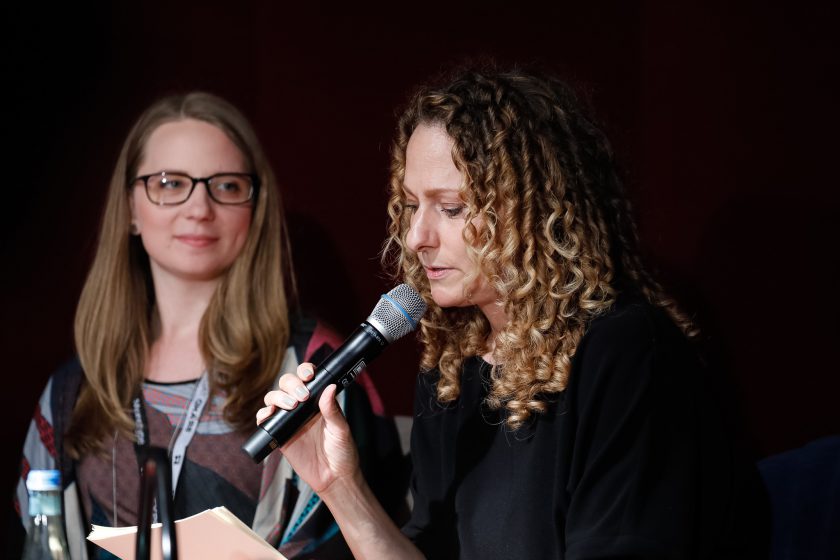
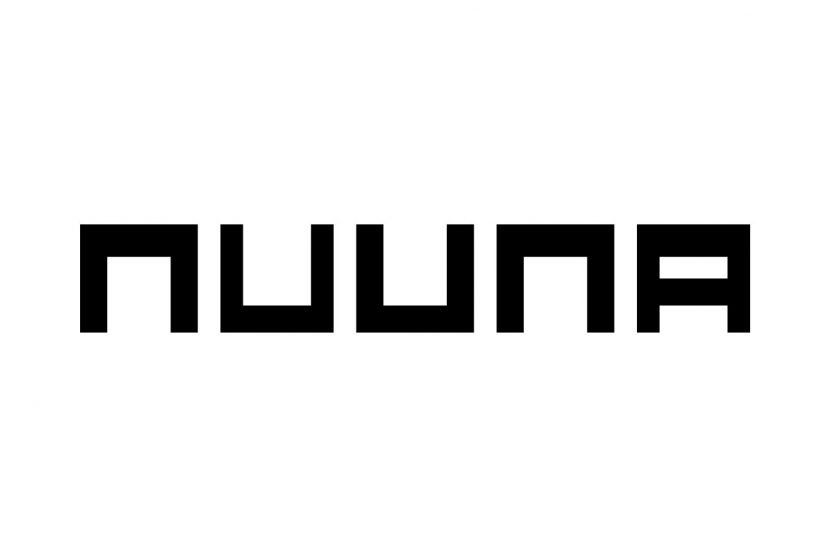
1 Kommentare